Thu , 18/05/2023, 14:00:00 (GMT+7)
Due to the significant impact of the COVID-19 epidemic and certain external factors, there has been an increase in the price of materials compared to the time of bidding. However, through relentless efforts to overcome all obstacles, Vinaconex and the contractor joint venture have managed to maintain the progress of the Ialy hydropower project. In fact, several project items are currently ahead of schedule by 1-3 months in comparison to the approved plan.
The project includes several essential items, such as the headrace tunnel with a diameter of 7 meters and a length of over 3km, as well as upper surge tank, lower surge tank, vertical shaft, penstock, etc. The construction contractors involved in the project are the joint venture of Lung Lo Construction Corporation, Truong Son Construction Corporation (Ministry of Defense), Song Da Corporation, and Vietnam Import-Export and Construction, LILAMA 10 JSC, and numerous equipment suppliers.

As of now, the joint venture of contractors has finished installing a 14T tower crane for the water inlet and completed the concrete bottom slab up to a height of 474 meters, meeting 100% of the planned progress and adhering to the construction schedule. An important achievement was made on February 14, as Vinaconex successfully opened the headrace tunnel 90 days ahead of schedule. This was one of the most challenging items of the project.
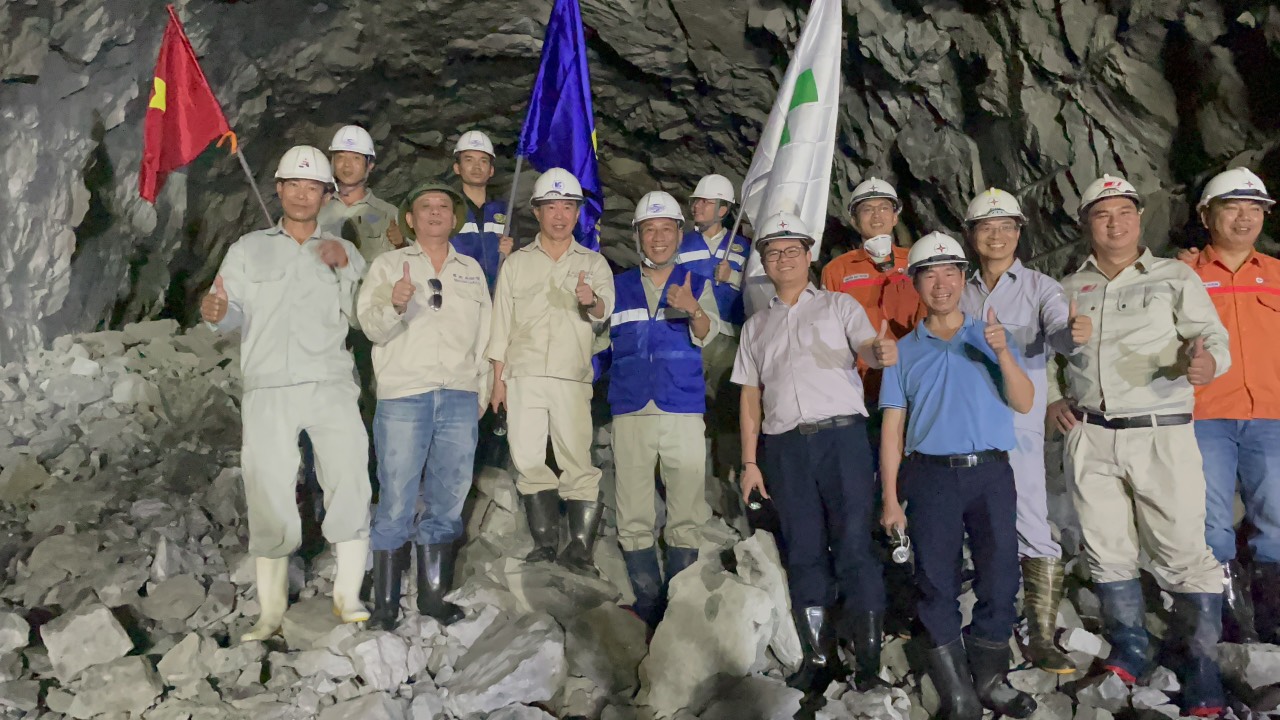
The water tunnel, ranging from Km0+000 to Km0+830 (the scope of work of Vinaconex), presented numerous difficulties due to its steep slope, unfavorable geology, and multiple faults. As a result, the water flow through the large tunnel averages 50-100 liters/minute, and sometimes reaches 100-200 liters/minute in certain locations. To address this issue, General Contractor Vinaconex mobilized a large number of workers, machinery, supplies, and equipment, dividing them into two construction sectors and operating in three continuous shifts, 24 hours a day.
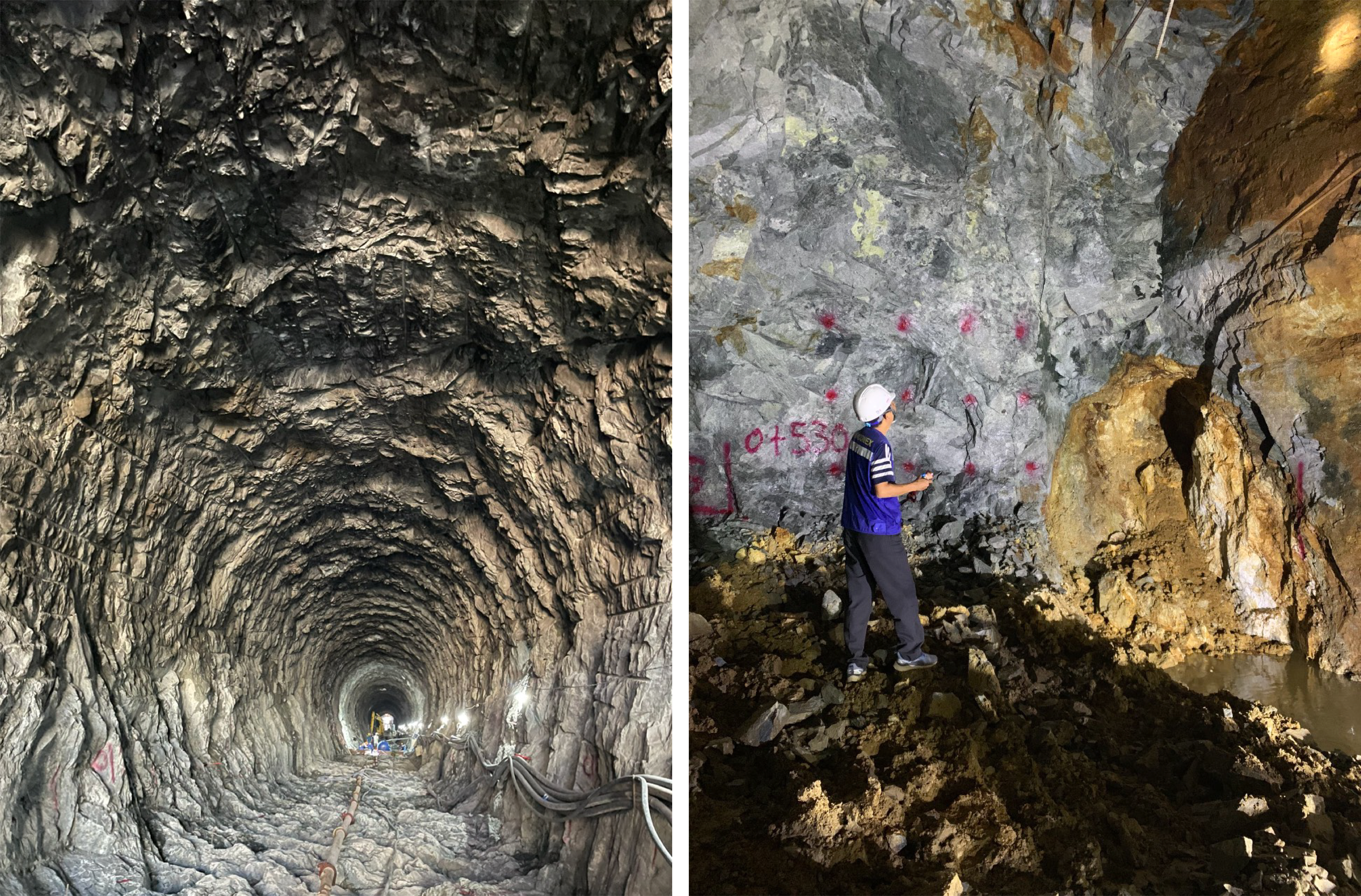
The water tunnel, spanning a length of 3,308.52 meters and with a diameter exceeding 8m, posed additional complications due to the low-lying area of the Iatran stream, which exhibited unfavorable geology and numerous faults. This increased the potential risks associated with the construction work. While previous projects relied on experts from the Russian Federation, this time, Vinaconex engineers and workers undertook the entirety of this project.
Taking into account the intricate nature of the aqueduct's geology since its early stages of construction, Vinaconex has employed numerous innovative construction techniques to tackle challenging issues, such as the utilization of machinery and equipment, combining both reinforcement and tunneling work in every tunneling sector.
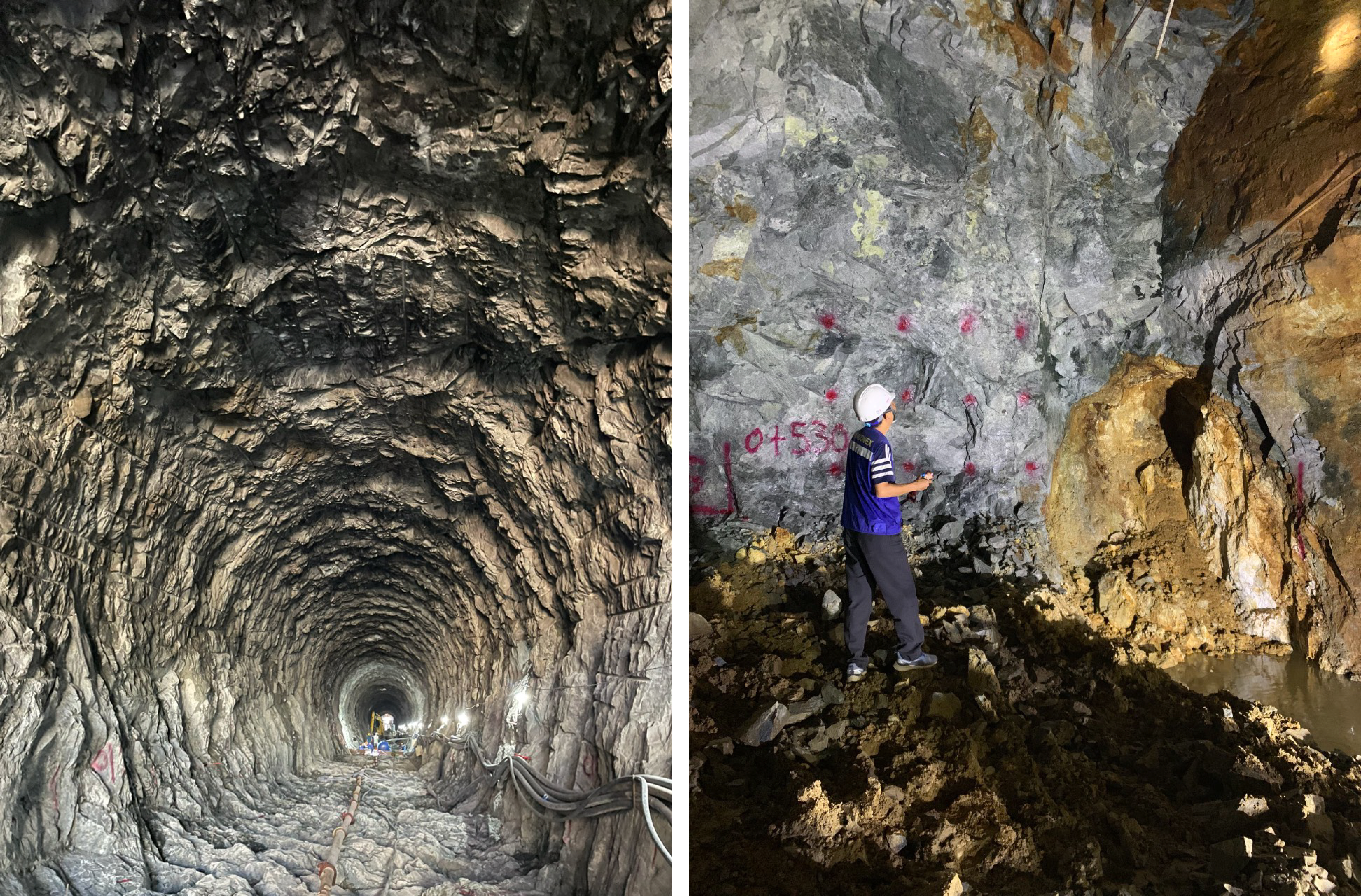
Alongside the ongoing construction tasks, several items have already been completed as scheduled, including the auxiliary and access tunnels, sub-tunnel 1, sub-tunnel 2, sub-tunnel 2A, sub-tunnel 2B, sub-tunnel 3, sub-tunnel 3A, water intake dyke, operation tunnel, lower and upper surge tank, T1 training walls, plant foundation pit, retaining wall TC2.
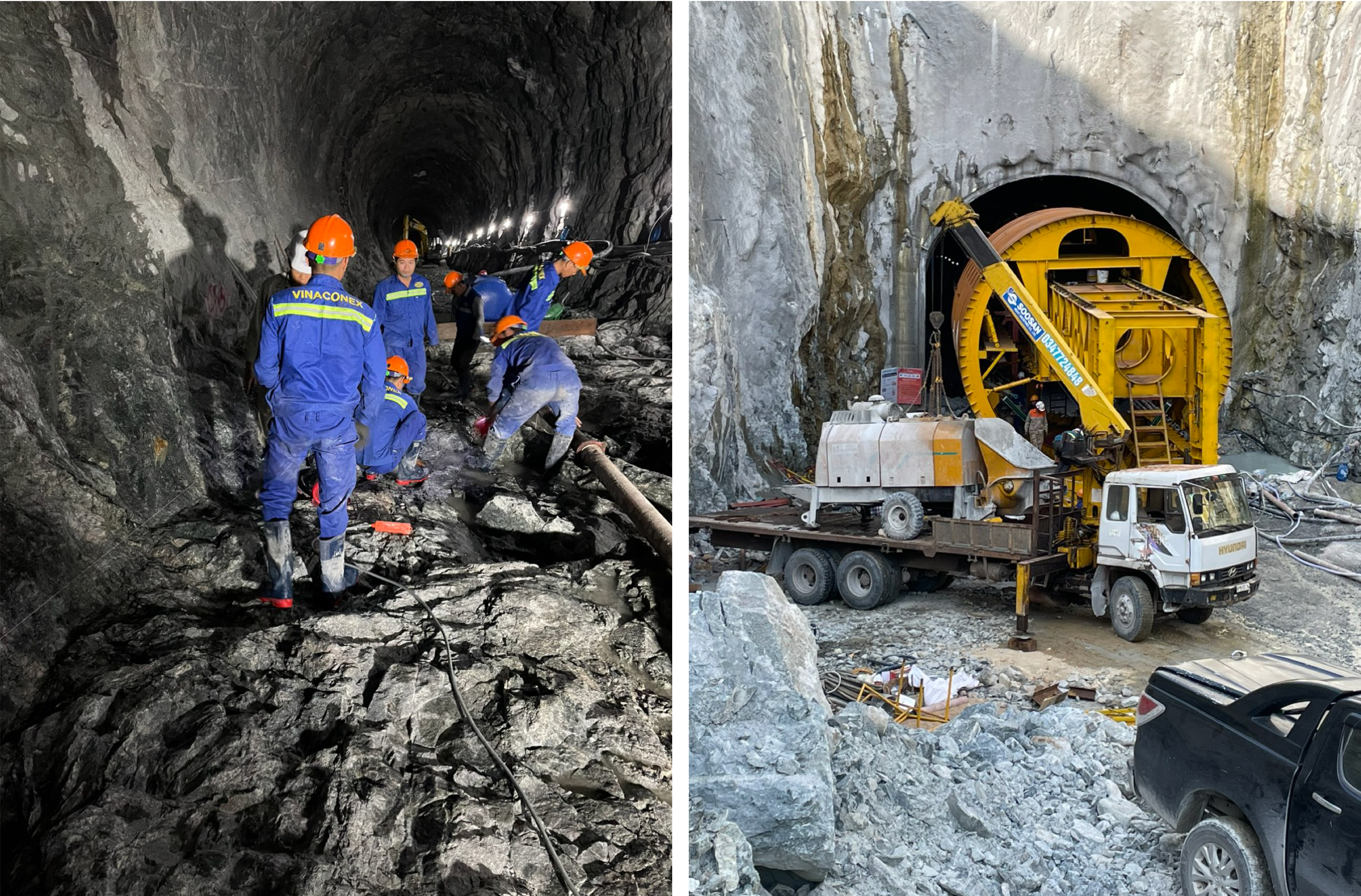
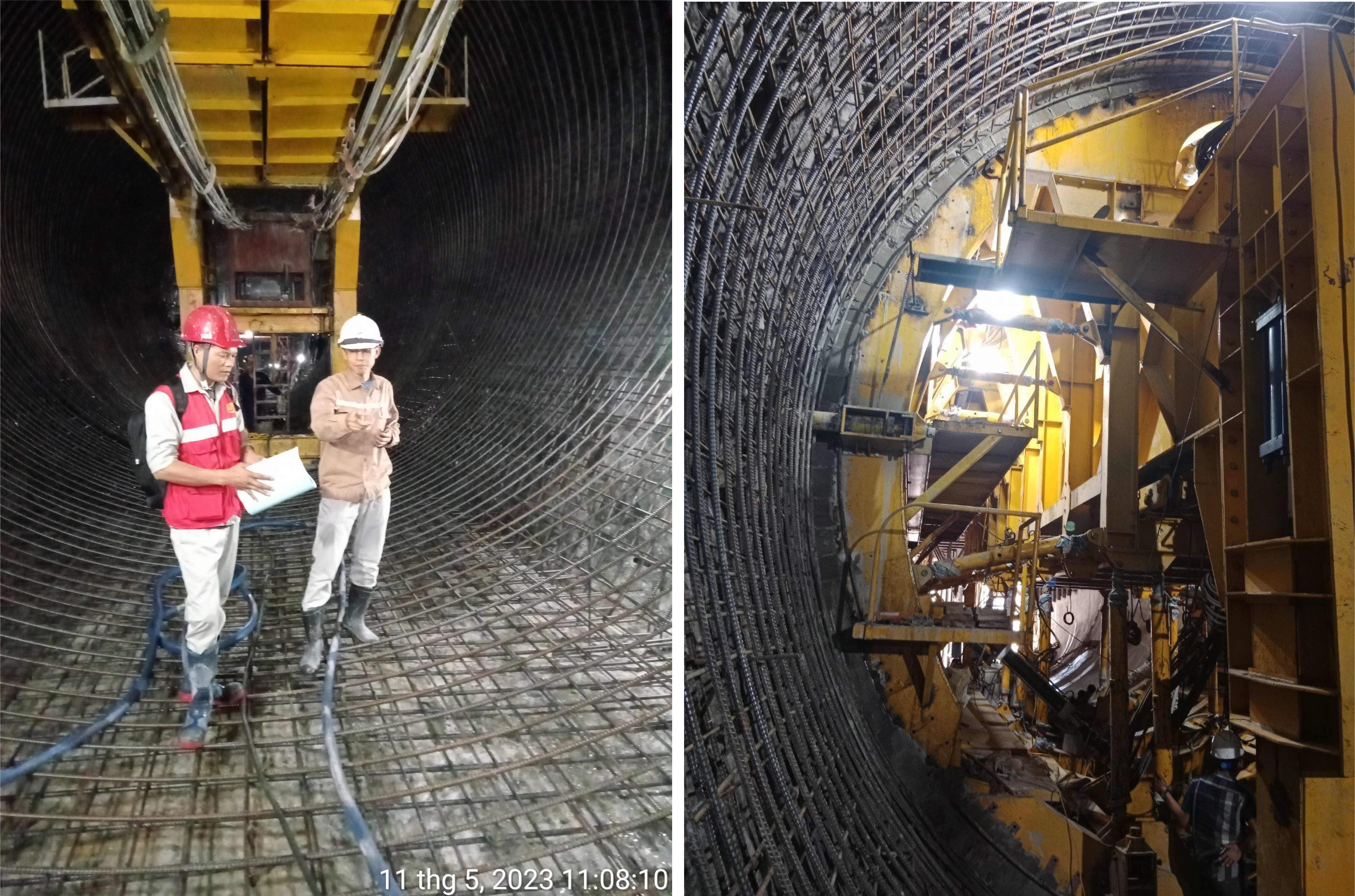
In addition to the project progress, quality is also of paramount importance that Vinaconex utilizes the geological treatment options by employing modern techniques.
Despite the challenges posed by epidemics and severe weather, the Ialy Hydropower project has now reached 60% of its output. It is anticipated that unit 1 will begin generating electricity in the second quarter of 2024, followed by unit 2 in the third quarter of the same year, with the entire project scheduled for completion by December 2024.
The expanded Ialy hydropower project consists of 2 units with a total installed capacity of 360MW, and a total investment of about VND 6,398 billion. Once finalized, the project will enhance the southern region's ability to meet electricity demand, particularly during peak hours. Furthermore, it will contribute to optimizing the power system's operational efficiency and reducing production costs. Additionally, when operational, the project will alleviate the workload on existing units, thus prolonging the equipment's lifespan and reducing maintenance and repair expenses. |